Unlock the Secrets of Hardwood Floor Cleaning
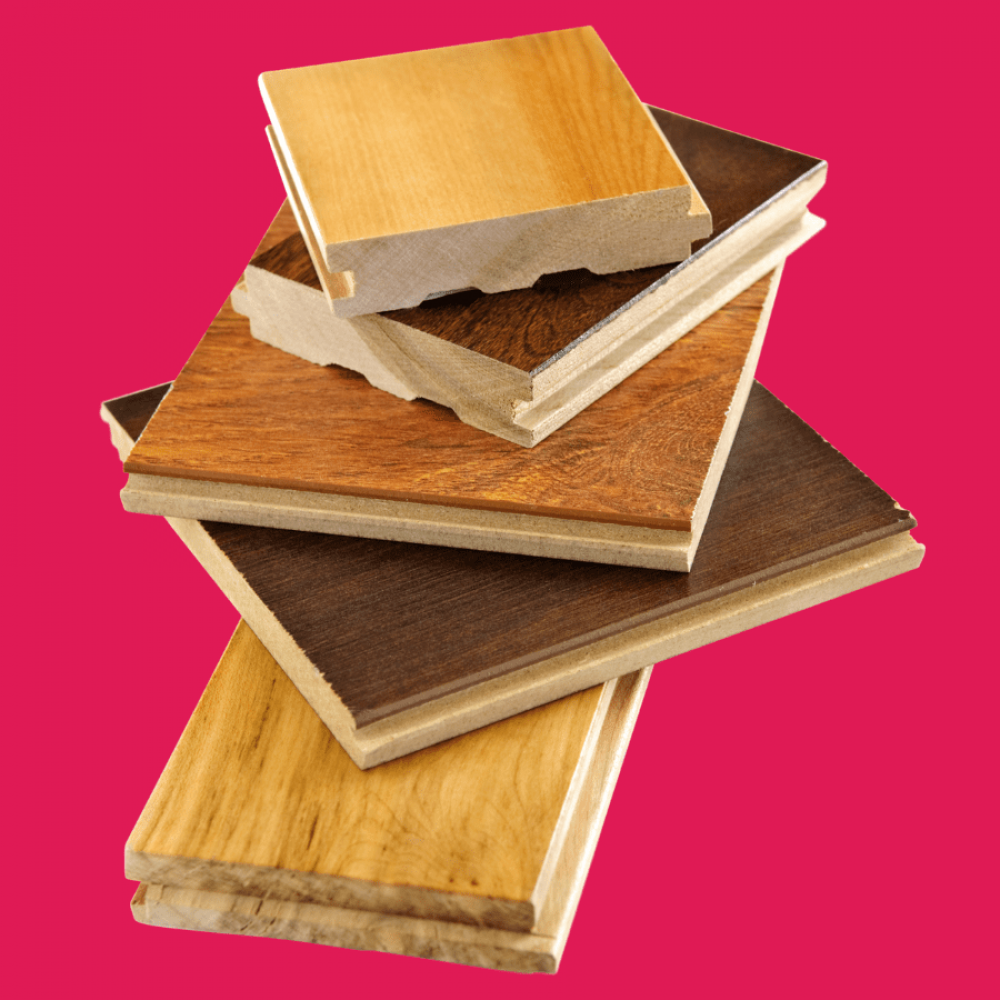
Wood floors are a popular choice for homeowners due to their warmth and unique aesthetic appeal. Whether you have solid hardwood, engineered hardwood, or laminate wood-look flooring, proper cleaning and maintenance are essential to keep them looking their best. Hardwood floors are prone to dirt, grime, and scratches, but with the right techniques and products, you can unlock the secrets of durable hardwood floor cleaning and maintain their shine for years to come.
Regular cleaning of hardwood floors is not just about aesthetics; it is also important for the safety and health of your household. Accumulated dirt and dust can make the floors slippery and increase the risk of falls. Additionally, dust and dust mites can trigger respiratory conditions and allergies. By understanding the types of hardwood and finishes, preparing the right cleaning solutions, and following the correct cleaning steps, you can keep your hardwood floors clean and beautiful.
Understanding Your Hardwood Floors
Before diving into the details of hardwood floor cleaning, it is essential to understand the different types of hardwood and finishes. Hardwood flooring comes in various options, including solid hardwood and engineered hardwood. Solid hardwood flooring is made from one solid piece of wood, while engineered hardwood is manufactured by gluing together multiple thin plies of hardwood. The choice of wood species, such as oak, maple, teak, walnut, or ash, can also affect the look and durability of the flooring. Additionally, there are different finishes applied to hardwood floors, such as natural, stained, or sealed with polyurethane or polyacrylic urethane.
Identifying Types of Hardwood and Finishes
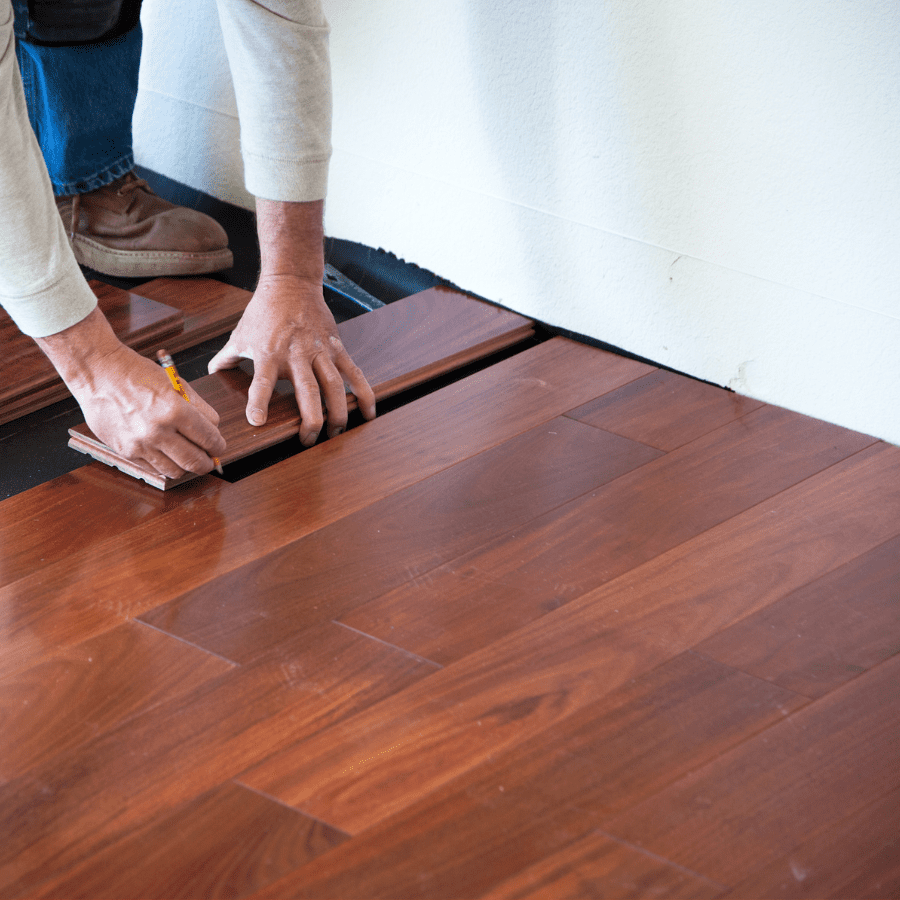
To properly clean and care for your hardwood floors, it is crucial to identify the type of hardwood and finish you have. Solid hardwood flooring is typically installed in planks or strips and can be left natural or treated with a wood stain. Engineered hardwood flooring, on the other hand, is made by gluing together thin plies of hardwood with the grains running in different directions to enhance strength. The surface layer of engineered hardwood can be a thin veneer or a thicker layer of hardwood that can be sanded and refinished over time.
Additionally, it is important to know the type of finish applied to your hardwood floors. Whether it is a natural finish, stained, or sealed with polyurethane or polyacrylic urethane, each finish requires specific cleaning techniques and products. Understanding the type of hardwood and finish will help you choose the right cleaning solutions and methods to keep your floors looking their best.
Using the wrong cleaning products or techniques can damage the finish and even the wood itself. It is important to choose a wood floor cleaner that is specifically formulated for your floor’s finish. Avoid using harsh chemicals like chlorine bleach, ammonia, or undiluted vinegar, as they can dull the surface and cause discoloration. Additionally, be sure to avoid using vinyl or tile floor cleaners on hardwood floors, as these products are not suitable for wood and can cause damage. By understanding your floor finish and using the appropriate cleaning solutions, you can ensure that your hardwood floors stay clean and beautiful for years to come.
Essential Equipment and Materials for Hardwood Floor Cleaning
Having the right equipment and materials is crucial for effective hardwood floor cleaning. A microfiber mop is a must-have tool as it attracts and traps dust better than other types of mops. Look for a mop head with denser fibers for damp mopping. A dust mop or soft-bristled broom is essential for daily dusting and sweeping to remove dirt and debris. When it comes to the cleaning solution, choose a hardwood floor cleaner that is specifically formulated for your floor’s finish. Avoid using harsh chemicals or undiluted vinegar, as they can damage the wood and finish. By using the right equipment and cleaning solution, you can ensure that your hardwood floors are cleaned effectively without causing any damage.
DIY vs. Commercial Cleaning Solutions: What’s Best for Your Floors?
When it comes to hardwood floor cleaning, you have the option to choose between DIY cleaning solutions or commercial cleaning products. DIY solutions often rely on natural ingredients such as white vinegar and water or vinegar and oil mixtures. While these natural cleaners can be effective for some types of dirt and stains, they may not be suitable for all hardwood floors. Using harsh chemicals like chlorine bleach, ammonia, or undiluted white vinegar can damage the wood and finish. In contrast, commercial hardwood floor cleaners are specifically formulated for different types of hardwood and finishes. They are designed to clean effectively without causing any damage. It is important to choose the right cleaning solution based on your floor’s finish and the type of dirt or stains you need to tackle. Consulting the manufacturer’s guidelines or seeking professional advice can help you make an informed decision about the best cleaning solution for your hardwood floors.
What You Will Need to Get Started
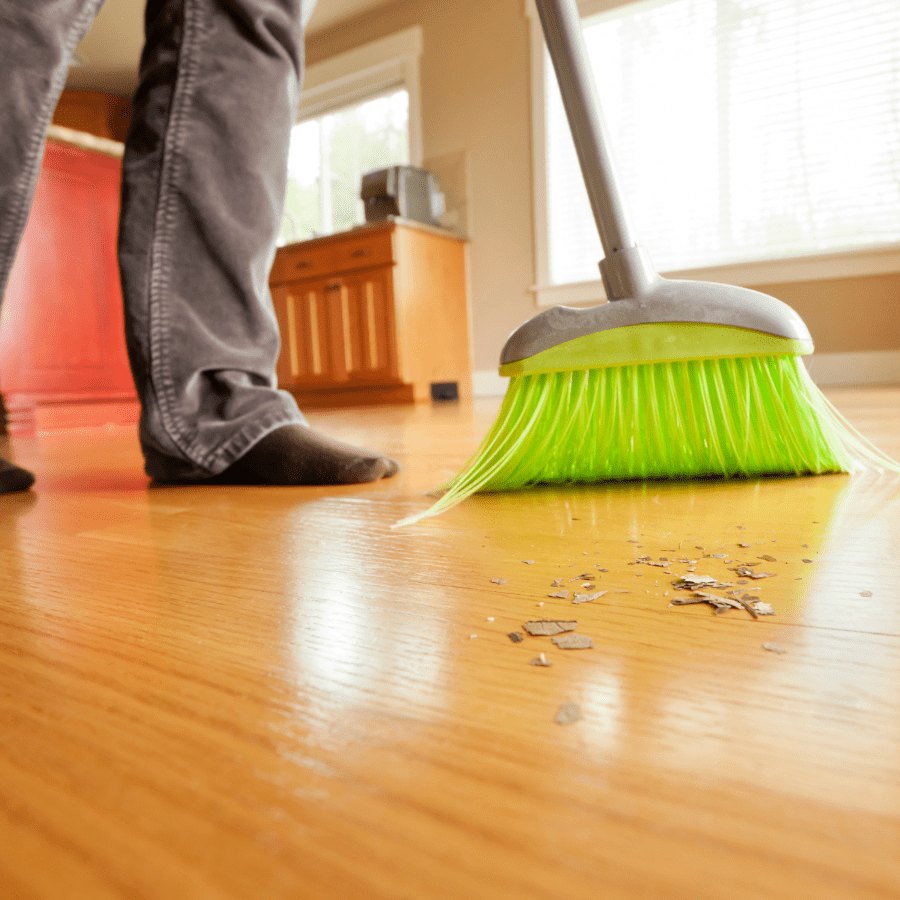
Step 1: Daily Dusting and Sweeping Techniques
One of the best ways to maintain the vibrancy of hardwood floors is through daily dusting and sweeping. This crucial step helps remove pet hair, dust, dander, and other debris that can accumulate on the surface of the floors. Using a dust mop or a soft-bristled broom, gently sweep the floors in the direction of the wood grain to avoid scratching. Pay extra attention to high-traffic areas and areas prone to pet hair accumulation. Regular dusting and sweeping can prevent dirt and debris from scratching the floor’s surface and keep your hardwood floors looking clean and beautiful. By incorporating this step into your daily cleaning routine, you can maintain the shine and longevity of your hardwood floors.
Step 2: The Correct Way to Vacuum Hardwood Floors
Vacuuming hardwood floors is an important step in deeper cleaning. However, it is crucial to use the correct technique and tools to avoid damaging the wood. When vacuuming hardwood floors, choose a vacuum cleaner with a soft-bristled brush attachment and avoid using a beater bar or rotating brush. The beater bar and rotating brush can cause scratches and wear down the floor’s finish. Gently glide the vacuum over the floors in the direction of the wood grain, ensuring that all dirt and debris are captured. Vacuuming regularly can help remove dirt and dust that may not be effectively removed through dusting and sweeping alone. By using the correct technique and tools, you can keep your hardwood floors clean and free from scratches caused by vacuuming.
Step 3: Mopping Without Damaging Your Floors
Mopping is an essential step in hardwood floor cleaning, but it must be done carefully to avoid damage. When mopping hardwood floors, use a damp mop rather than a wet one. Excessive water can seep into the wood and cause it to warp or buckle. Lightly dampen the mop head with the appropriate cleaning solution and wring out any excess water.
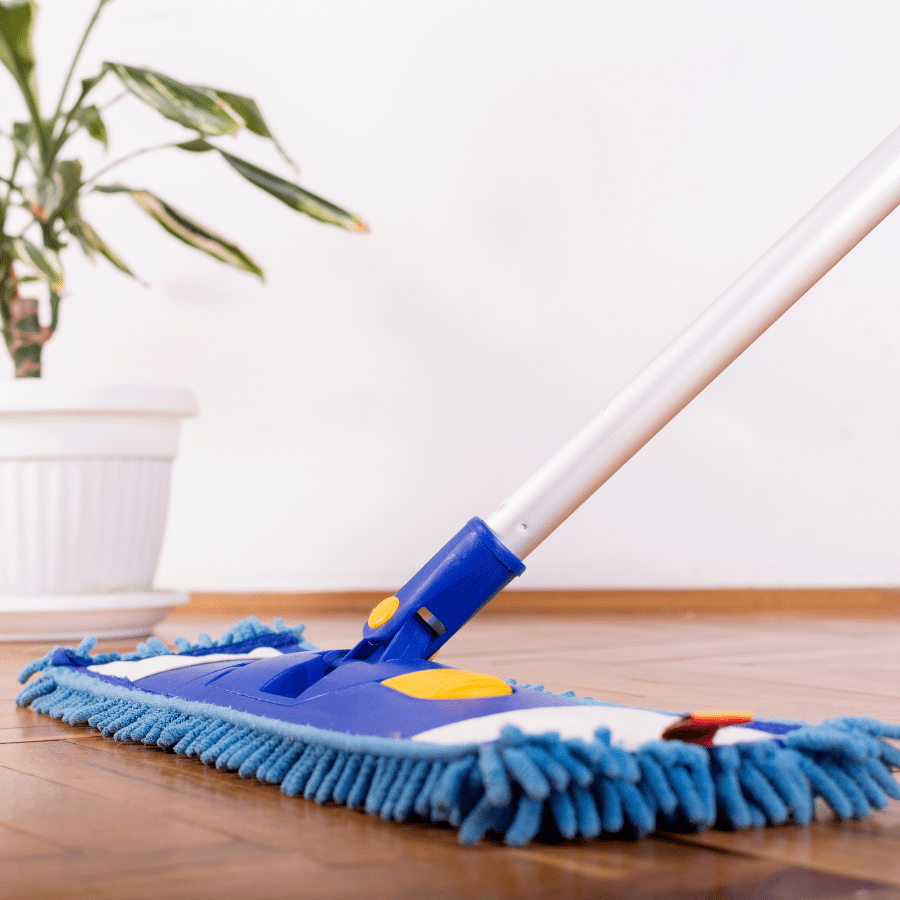
Mop the floors in the direction of the wood grain, applying gentle pressure to remove dirt and grime. Mopping with the grain of the wood helps distribute the cleaning solution more evenly and prevents streaking. Avoid using excessive force or scrubbing, as this can damage the finish. Periodically rinse the mop head in clean water to remove dirt build-up. By mopping with care and using the right amount of water, you can effectively clean your hardwood floors without causing any damage.
Step 4: Addressing Spills and Stains Immediately
Addressing spills and stains immediately is crucial to prevent permanent damage to your hardwood floors. Whenever a wet spill occurs, quickly blot it with a clean cloth or paper towel to absorb as much liquid as possible. Avoid rubbing the spill, as this can push the liquid deeper into the wood or spread the stain. For sticky spills, lightly dampen the cloth or paper towel with water or a suitable cleaning solution, and gently blot the area. If a stain remains, you can try using a commercial hardwood spot cleaner or a homemade solution like hydrogen peroxide. It is important to follow the manufacturer’s instructions or consult a professional for the best stain removal method based on your floor’s finish. By addressing wet spills and stains immediately, you can prevent lasting damage and keep your hardwood floors looking clean and pristine.
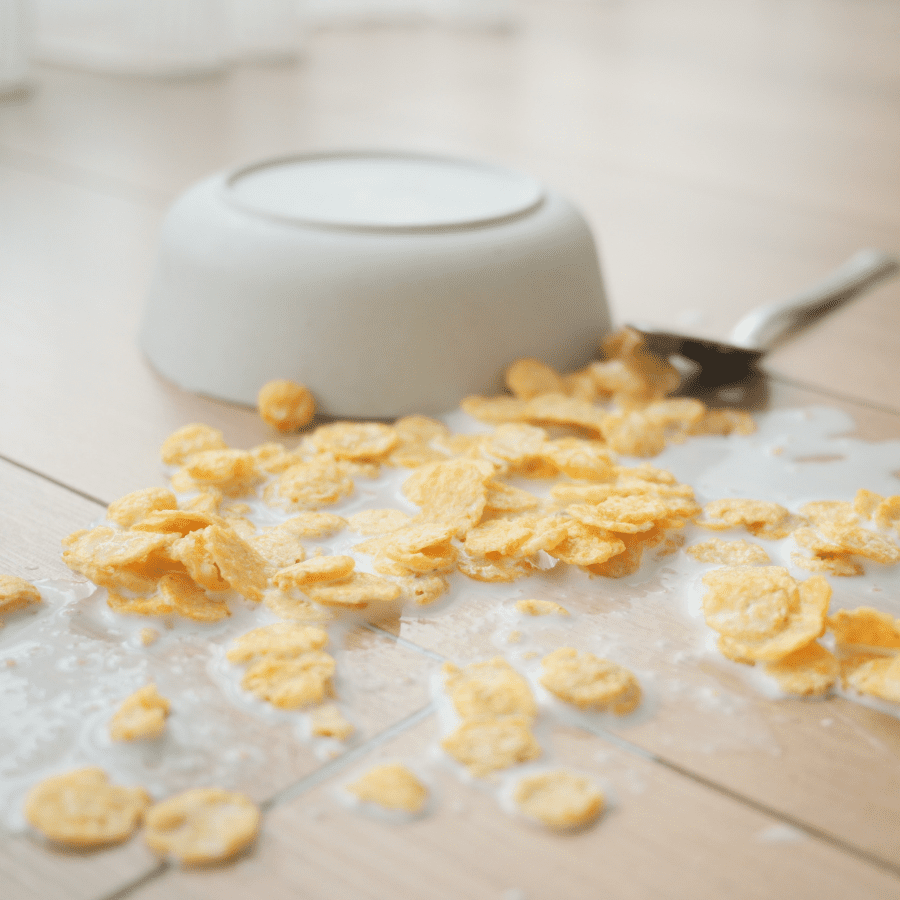
Step 5: Seasonal Deep Cleaning Practices
In addition to regular cleaning, seasonal deep cleaning is recommended to maintain the beauty and longevity of hardwood floors. Deep cleaning involves more thorough cleaning techniques to remove dirt, grime, and build-up that may not be effectively removed through daily or weekly cleaning. This can include using a mop pad or a suitable cleaning solution for deeper cleaning. It is important to follow the manufacturer’s instructions and recommendations for deep cleaning based on your floor’s finish. By incorporating seasonal deep cleaning practices into your cleaning routine, you can ensure that your hardwood floors stay clean, vibrant, and free from accumulated dirt and grime.
Special Care for Different Types of Wood Floors
To ensure the longevity of your wood floors, tailored care based on the type is crucial. Engineered hardwood requires a gentler approach compared to solid wood. Engineered hardwood floors can handle more wear and tear due to their layered construction, but they are still susceptible to scratches and water damage. It’s important to sweep or vacuum them regularly to remove dirt and debris that can cause scratches. Exotic hardwood floors, such as those made from Brazilian cherry or bamboo, are known for their unique beauty and durability. Exotic hardwood floors, such as those made from Brazilian cherry or bamboo, are known for their unique beauty and durability. Use specialized cleaners for exotic woods to preserve their unique look. Regularly monitor humidity levels, especially for solid wood, to prevent warping. Avoid excessive water and harsh chemicals on all wood floors, but especially on delicate varieties. Embrace the natural beauty and individual characteristics of each wood type through proper maintenance.
Preventing Damage and Maintaining Shine
Preventing damage and maintaining the shine of hardwood floors is essential for their longevity and appearance. One common issue with hardwood floors is scuff marks, which can be prevented by placing felt pads on the bottom of furniture legs and using area rugs in high-traffic areas. Water damage can also be a concern, so it’s important to quickly clean up any spills and avoid using excessive water when mopping. Be sure than any plants placed on the floor are raised with blocks or trays as the water will seep through and warp the wood underneath. By taking these preventative measures and using natural cleaning methods, you can keep your hardwood floors looking beautiful for years to come.
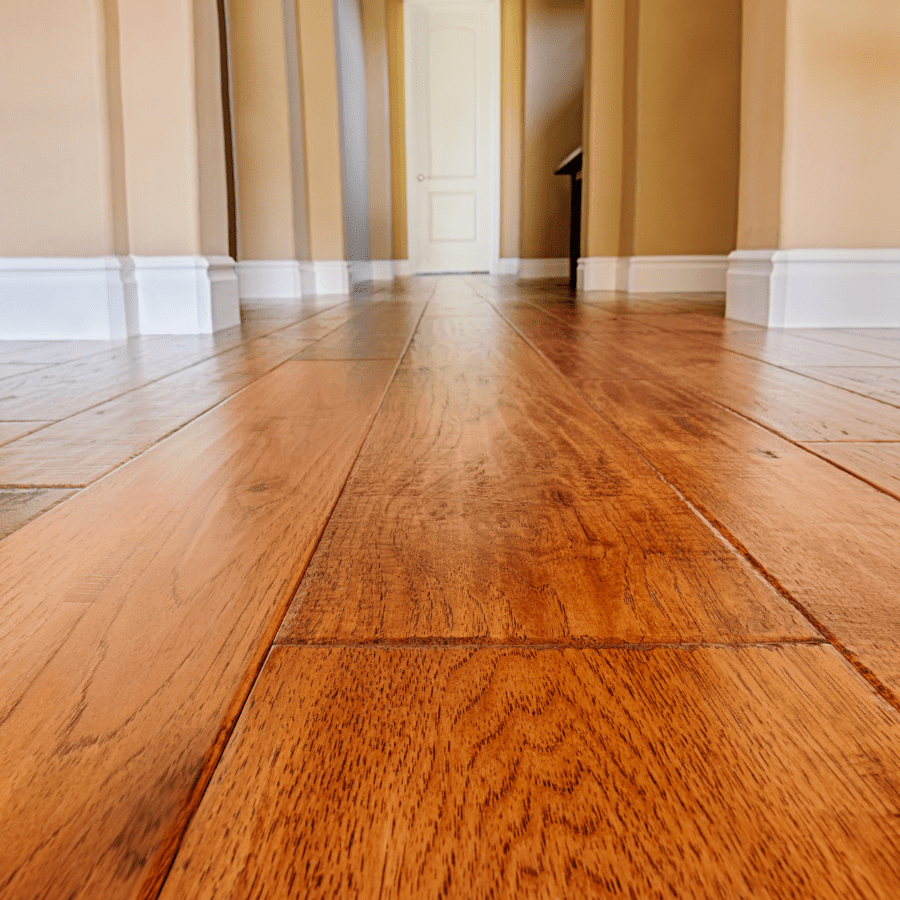
Strategies to Avoid Scratches and Dents
Scratches and dents can detract from the beauty of hardwood floors, but there are strategies to help avoid them. One effective strategy is to place area rugs or mats in high-traffic areas, such as entryways or hallways, as these areas are more prone to lot of wear and tear. Another tip is to place felt pads or furniture pads on the bottom of furniture legs to prevent scratches when moving furniture. These pads provide a layer of protection between the furniture and the floor, reducing the risk of damage. Additionally, using caution when moving heavy objects or furniture across the floor can help avoid dents. By implementing these strategies, you can protect your hardwood floors and keep them looking their best.
Reviving Dull Hardwood Floors
Over time, hardwood floors can become dull and lose their shine. If your floors are looking lackluster, there are easy ways to revive them and restore their original beauty. One option is to consider refinishing the floors. Refinishing involves sanding down the top layer of the wood and applying a new finish or stain to bring back the shine. This process can remove scratches, stains, and other signs of wear, leaving your floors looking refreshed. Another easy way to revive your hardwood floors is to use a wood floor restorer or polish, which can help restore shine and provide a protective layer. By exploring these options, you can easily revive your dull hardwood floors and make them look new again.
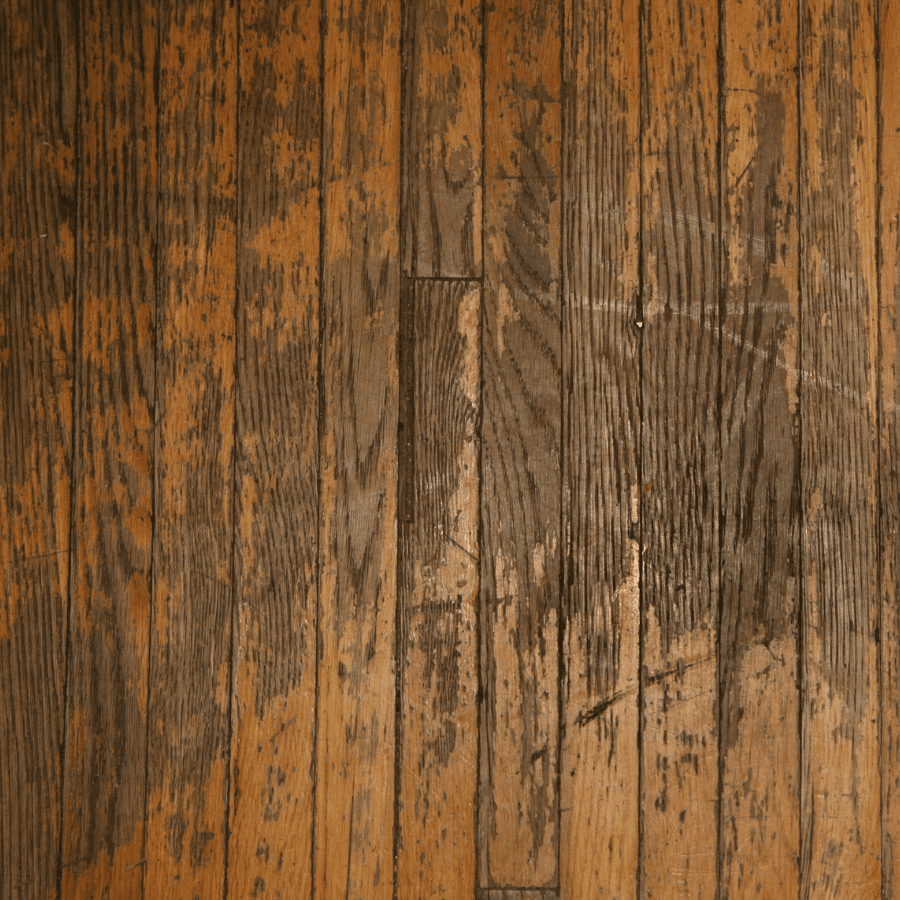
When to Consider Refinishing
Refinishing your hardwood floors can be a great way to restore their shine and beauty. However, it’s important to know when it’s necessary to consider refinishing. Signs that your floors may need refinishing include deep scratches, stains that are difficult to remove, or a dull appearance that cannot be improved with cleaning or polishing. Refinishing typically involves sanding down the top layer of the wood to remove imperfections and then applying a new finish or stain. This process can be time-consuming and may require professional help, especially if you’re not experienced with sanding or applying finishes. However, the results can be transformative, leaving your floors looking like new again. If you’re unsure whether refinishing is necessary, it’s always a good idea to consult with a professional to assess the condition of your floors and recommend the best course of action.
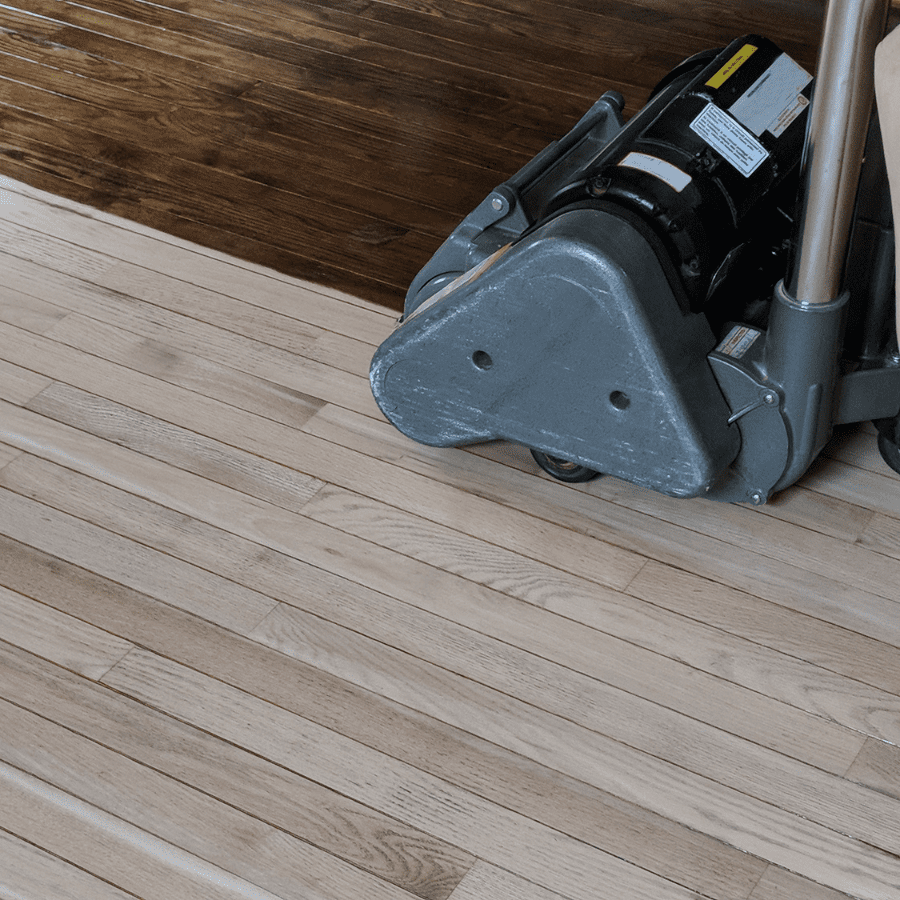
Conclusion
In conclusion, understanding the nuances of hardwood floor cleaning is essential for maintaining their beauty and longevity. By identifying the type of wood and finish, using the right cleaning solutions, and implementing proper maintenance techniques, you can ensure your floors remain in top condition. Remember to address spills promptly, avoid scratches, and periodically refresh the shine. Whether you have engineered, solid, or exotic hardwood floors, each requires specific care tailored to its characteristics. Stay diligent in your cleaning routine, and your hardwood floors will continue to impress with their natural elegance and charm.
Frequently Asked Questions
How Often Should Hardwood Floors Be Professionally Cleaned?
Hardwood floors should be professionally cleaned at least once a year, or more frequently if they receive heavy foot traffic or show signs of wear and tear. Professional cleaning can help remove deep-seated dirt, restore shine, and extend the life of your hardwood floors.
What Are the Signs My Hardwood Floors Need Refinishing?
Signs that your hardwood floors may need refinishing include deep scratches, stains that are difficult to remove, and a dull appearance that cannot be improved with cleaning or polishing. If you’re unsure, it’s best to consult with a professional to assess the condition of your floors and recommend the appropriate course of action.
How to Remove Tough Stains from Hardwood Floors?
To remove tough stains from hardwood floors, it’s important to use a gentle and effective cleaning solution. One option is to mix equal parts water and hydrogen peroxide, and apply it to the stain with a clean cloth. Gently scrub the stain until it is removed, then rinse the area with clean water and dry thoroughly. It’s always best to test the cleaning solution in an inconspicuous area first to ensure it does not damage the wood.
Is Steam Cleaning Safe for Hardwood Floors?
Steam cleaning is not recommended for hardwood floors. The moisture and heat generated by steam cleaners can damage the wood, causing it to warp or buckle. It’s best to stick to dry or damp cleaning methods when it comes to hardwood floors to avoid any potential damage.